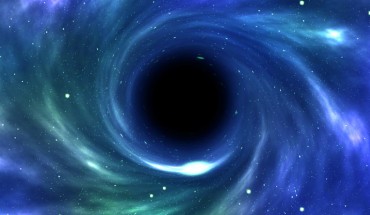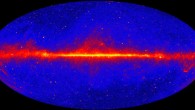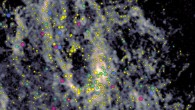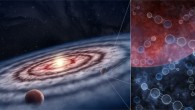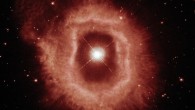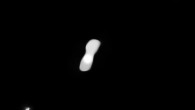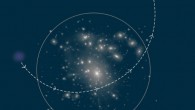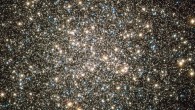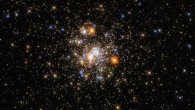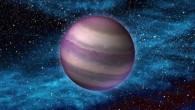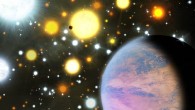The intermediate-mass black hole in question was caught in the act of swallowing a star, called a tidal disruption event. Dubbed 3XMM J215022.4-055108, the event occured in a star cluster associated with a lenticular galaxy at distance of almost 800 million light-years away. An artist’s impression of a black hole swallowing a star. Image credit: Sci-News.com. “The fact that we were able to catch this intermediate-mass black hole while it was devouring...

